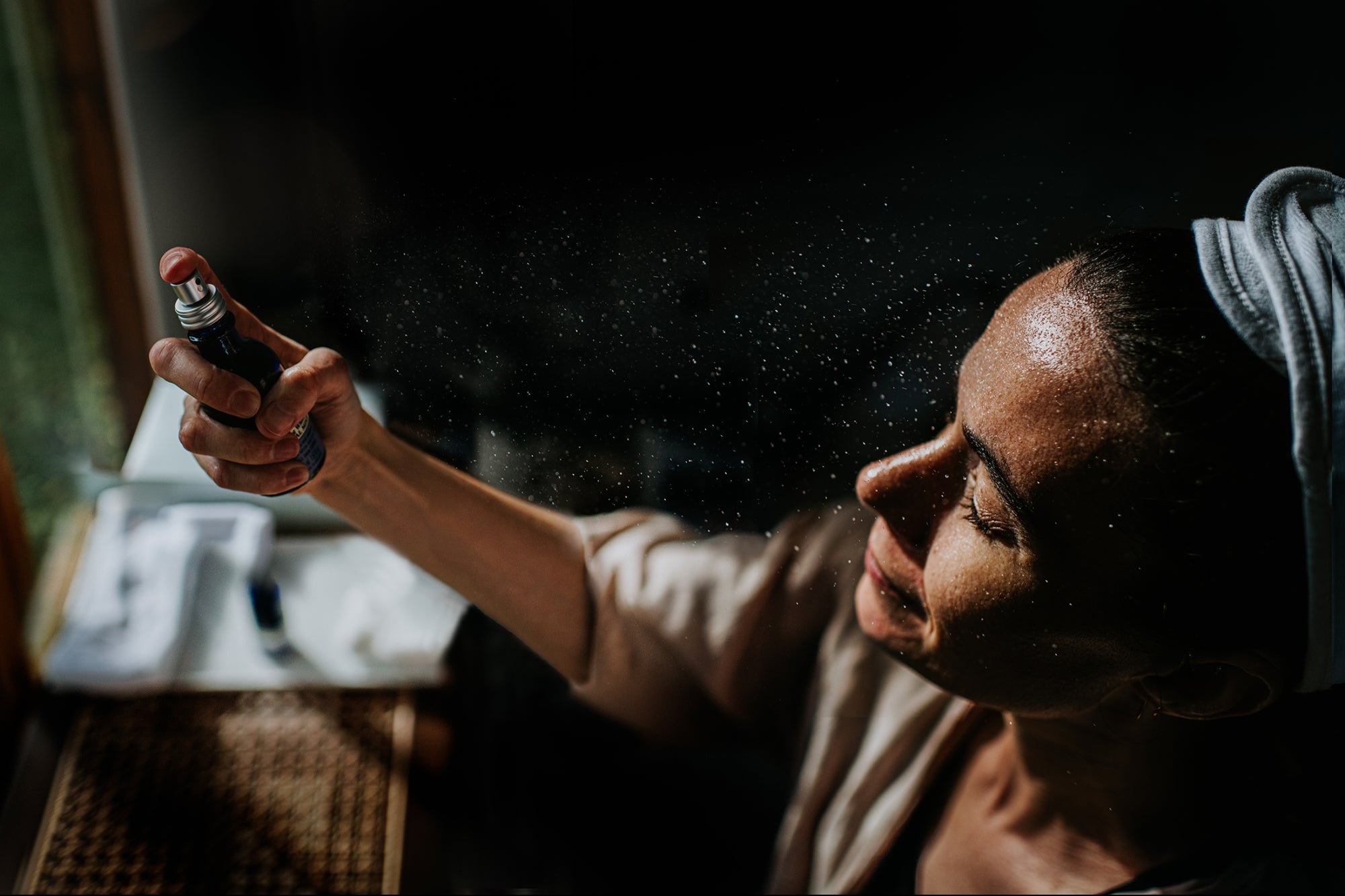
"Here's the uncomfortable truth: Most founders are still chasing yesterday's markets. They're building tools for productivity, or consumer apps that feel safe and familiar. Meanwhile, a new generation of companies is tackling the most universal customer need on earth - more years of energy, clarity and performance. This isn't wellness 2.0. This is the redefinition of healthcare, insurance, consumer products and even food. By 2030, the longevity economy will be worth an estimated $27 trillion globally. For business leaders, this represents a once-in-a-generation category: It touches everyone, enables recurring revenues and rewards those who build early."
"For decades, healthcare has focused on treating disease. Wellness became a $5 trillion global industry filled with supplements, wearables and green juices. But now, the shift is toward healthspan - the years we spend in peak physical and mental condition. The customer demand is obvious: Aging populations: By 2034, the U.S. will have more people over 65 than 18. Globally, one in six people will be over 60 by 2030. That's not just demographics - that's a new consumer majority. Rising costs: Chronic diseases and mental health conditions already account for 90% of U.S. healthcare spending. Businesses and insurers are desperate for solutions that prevent rather than patch. Spending power: The 50+ population already controls more than half of global consumer spending, yet most innovation still chases Gen Z. That's a blind spot waiting to be exploited. Cultural momentum: From CEOs like Bryan Johnson spending millions on "biological age reversal" to mainstream adoption of WHOOP and Oura, longevity has gone from fringe to aspirational."
Most founders still focus on legacy productivity and familiar consumer apps instead of addressing longevity. A new generation of companies targets increased energy, clarity, and performance to extend healthspan. The longevity economy is projected to reach $27 trillion by 2030 and offers recurring revenues and broad consumer reach. Demographic shifts will create a larger older population, chronic and mental health care drives rising costs, and the 50+ cohort controls majority spending power. Cultural momentum and high-profile investments are mainstreaming longevity, and businesses and insurers seek preventative solutions to reduce chronic disease spending.
Read at Entrepreneur
Unable to calculate read time
Collection
[
|
...
]